Looking to get to know how local leaders have adapted to the challenge of the COVID-19 pandemic? Community Connections, a joint project between the Reading Coalition for Prevention & Support and RCTV Studios, seeks to do just that. The first episode of the program interviewed Reading Public Library Director Amy Fang Lannon.
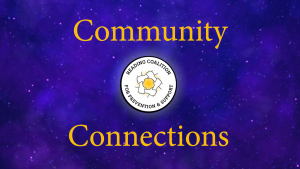
It sought to celebrate the work the library has done over the pandemic in order to both stay connected to residents, highlighting the creative avenues it took to reach previously underserved sections of the Reading Community.
As an institution that previously was heavily reliant on both its brick-and-mortar building and its in-person connection with residents, the pandemic offered a particular series of challenges.
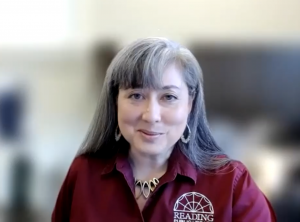
“The most we were closed was probably for March, April, and May of 2020. At that point, they were just virtual programs, both synchronous and asynchronous recorded and live, that were available. We had no other types of services available. And I think like every other town department or business, we went through about 15 plans, looking for what was the safest way to provide service, not only to the public but also within our building and within our staff,” said Lannon.
After being closed for the better part of three months, the library hosted its first in-person event on June 10, 2020. Setting themselves up in the RMHS Field House and parking lot, Lannon and other members of the RPL staff organized a massive return event, where residents could return material they had previously checked out from RPL.
“I think for me that event really stands out because, first of all, we set up in the high school parking lot, and also we got 8000 items returned to us. And while that is a huge number to receive and check-in, I think what that sort of represented for us at the library was the whole community working together. We had the Fire Department and Department of Public Works, the Police Department [as well as] the town manager.”
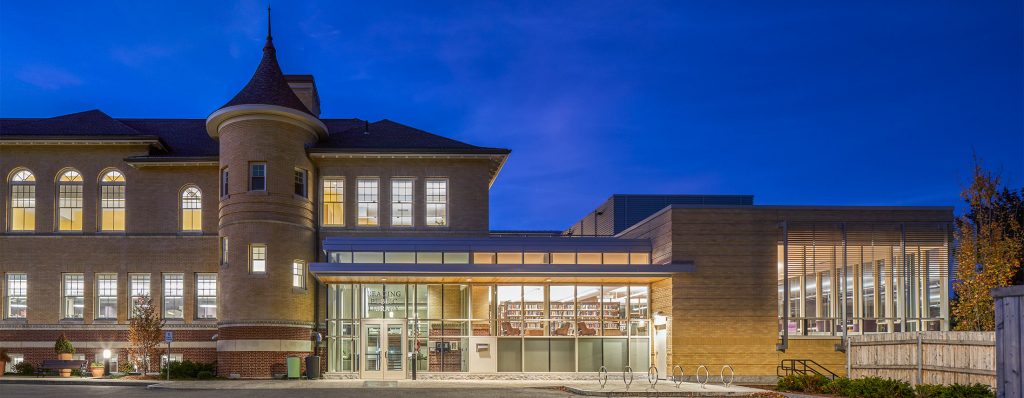
For Lannon, the event represented not only the endurance of RPL but also the way in which Reading as a community was able to come together.
“Almost every project that we’ll talk about today involves not just the library but other groups in town that sort of work to help us all help each other,” said Lannon.
While the physical library building was closed, Lannon and other members of the RPL staff were busy creating programs to help keep the Reading community connected. Offering both asynchronous and live events, the RPL sought to create a calendar that could engage all levels of readers. This wide breadth of programs was thanks to both newly lifted legal restrictions and lessening of distances thanks to webinars.
“Normally [before COVID-19], you didn’t see things like [virtual] storytimes. Many of those books that you read aloud for storytimes are copyrighted, and they’re not allowed to read. So one of the first things that publishers and authors did was come out — and say, ‘Please record our stories live for our young people and our readers to enjoy.’ So having that free rein, we just started off with Storytime with Tim Lee and Sleepy Storytime and things like that. It was a really thoughtful thing for writers and publishers to give us the permission to share that with folks.”
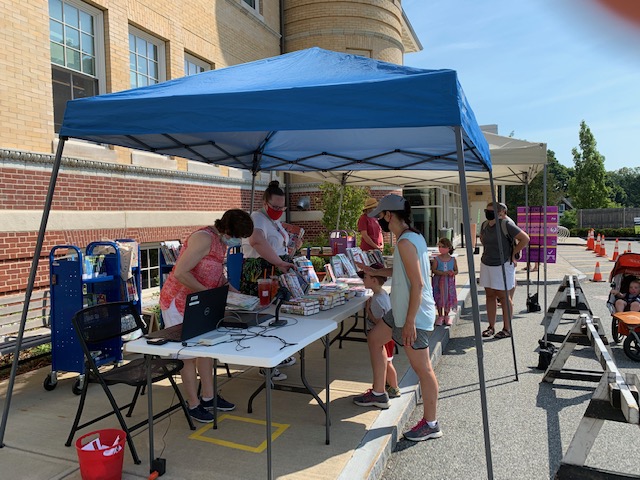
New innovations in streaming also allowed the RPL to schedule speakers they previously might not have had access to.
“[Some speakers that we hosted this year] we would not have been able to [do so previously] because we would have to fly them out, or there’d be travel costs and overnight costs and things like that. When you reduce the spending on that, and you’re really just paying for someone’s time, it opens up a whole new venue,” said Lannon.
Lannon and the RPL also saw their individual participants in events go up over the past year as they transitioned to virtual programming.
“We wouldn’t normally have these turnouts in-person, because maybe somebody who’s older and didn’t want to go outside in the evening, or maybe it wasn’t convenient for them to drive, so it’s actually, we really uncovered a whole new way of providing those types of services to people who can’t necessarily make it to the library,” said Lannon.
This idea of reaching previously underserved areas of the Reading community has been a through-line in many of the discussions that RPL has hosted over the past year, and their approach to what being a library in this new world might look like.
“One of the things that this pandemic has done is to really uncover the cracks in some of our systems where people are falling through the gaps. One of the first things we noticed was that some people didn’t have the technology to get online. We did a marketing study and found out that there are people in our community that do not have portable Wi-Fi access. So, we now offer WiFi hotspots and Chromebooks for people to use and borrow,” said Lannon.
Outside of providing these physical access points for people, RPL has also created other types of access points for residents by hosting community discussions on race, privilege, power, and other topics that residents might have previously felt it was taboo to discuss.
“We had one conversation called ‘Let’s talk about race: Why is it hard to talk about race.” We also tackled ‘What is privilege, and why does it matter’ and ‘What is power and how do we use it.’ So there are very small learning elements in some of those discussions, but mostly it’s about bringing the community together to talk with each other. It’s just nice for people to start the conversation. And one of the things I like to say is to call people in rather than call people out on some undiscussable topics,” said Lannon.
As for what comes next for the library, Lannon is hopeful that we may be heading some semblance of normal.
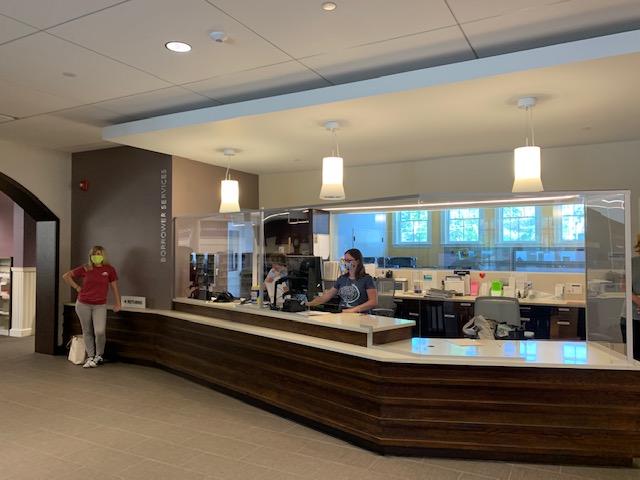
“We are really anxiously awaiting this month we’re hoping [that at some point in May we can get back to] walk-in browsing with no limits on the capacity for browsing, because we have very limited computers and very limited study space [right now]. We anticipate using a reservation system for that,” said Lannon, adding that this system will allow people to only register using their first name if they wish to protect their privacy. Lannon also remained hopeful that residents might soon be able to re-access plush seating at the library at some point in June.
As for right now, residents can access study spaces on all three floors of the library, as well as computers on the first floor, either by reserving a time in advance or during walk-in hours.
When asked what she was most proud of from the past year, Lannon pointed to the work that the RPL did in making sure that people, especially older residents, stayed connected, as well as the money that they raised for local charities.
“Last year’s summer reading program raised $3,000 for local charities including the Food Pantry, Mission of Deeds, and the North Suburban Family Resource Network. We have study buddies where middle schoolers can sign up to get tutored by high schoolers. We served as the early voting location for two elections, both in late August and then again in late October. While none of those were all strictly the idea of a librarian, or the library director, or even the library trustees, those are all collaborative solutions that we came up with, with community groups, town departments, and just residents in our community. I think one sort of silver lining to all of this is being able to see how people can really work together and come together and help each other, even in a time that was fairly divided and isolated,” said Lannon.
The interview was hosted by Sherri VandenAkker, a member of the Reading Coalition for Prevention and Support.
